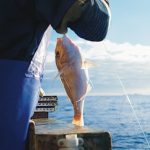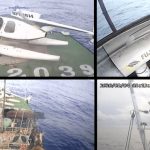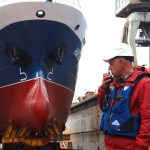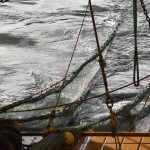European Commissioner for Maritime Affairs and Fisheries, Maria Damanaki would like to see a tougher method applied to setting quotas and days at sea, in order to meet international standards. “I want to be clear that the quota levels set must respect all the European Union’s commitments to sustainability, our commitments to nearby States, and the commitments we have made under the long-term plans. ”
Back in 2002, all the Member States of the European Union agreed that fish stocks should be exploited so that they could deliver the highest possible sustainable catches, and that this should be done by 2015. There has been progress since then, with 11 stocks1 meeting the target in 2009 compared with only two in 20022. Yet most stocks are still overfished.
The Commission draws up a report on fishing opportunities every year to explain to fishers and their industry what common rules will be used to set the quotas. Common rules are put in place to ensure that all fleets are treated equally and fairly. The Commission will base itself on the following guiding principles when making proposals : environmental sustainability; stability in quotas as far as possible; implement long-term plans; meet international commitments; reduce overfishing and rebuild stocks; use international consensus scientific advice; where there is uncertainty, use more caution.
The Commission relies on scientific advice from two international committees of experts when proposing fish quotas: the International Council for the Exploration of the Sea, based in Copenhagen, and the Scientific, Technical and Economic Committee for Fisheries. This advice will be available in June/July.
The Commission will now send the report to the fishers, others concerned with the industry and Member States for consultation and examination. After taking account of their replies, the Commission may adapt the strategy before using it to propose the fishing possibilities for next year.








